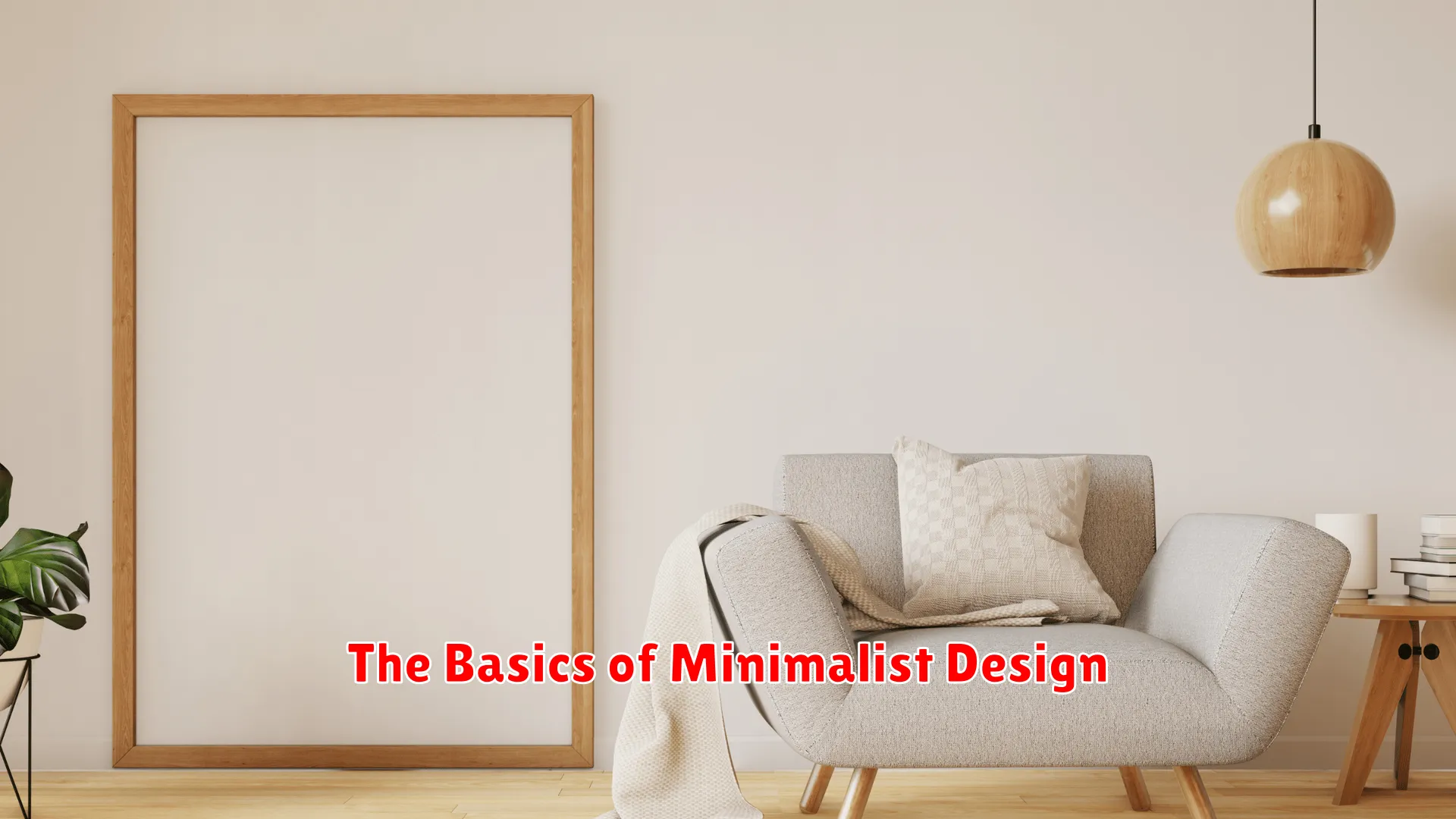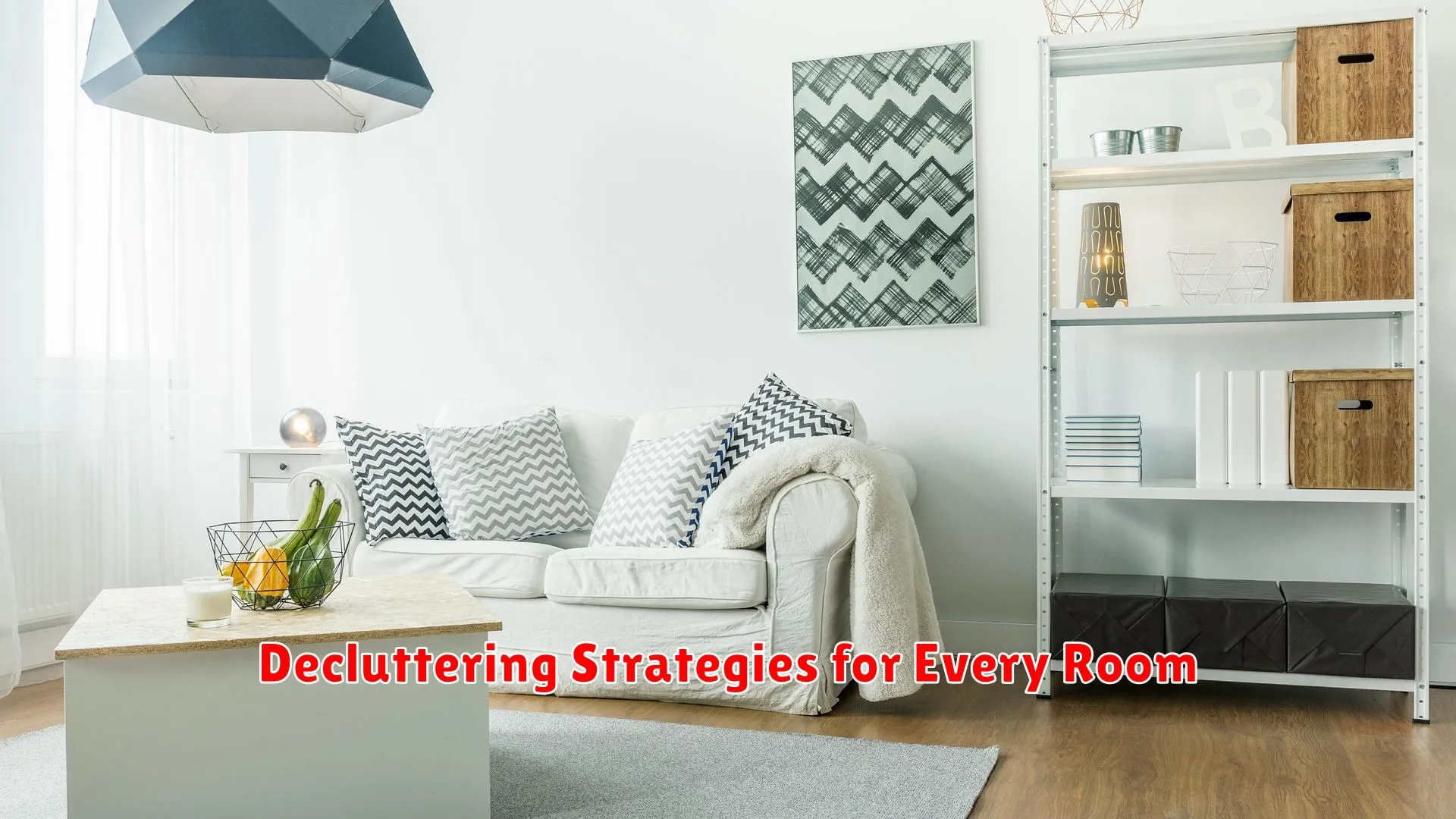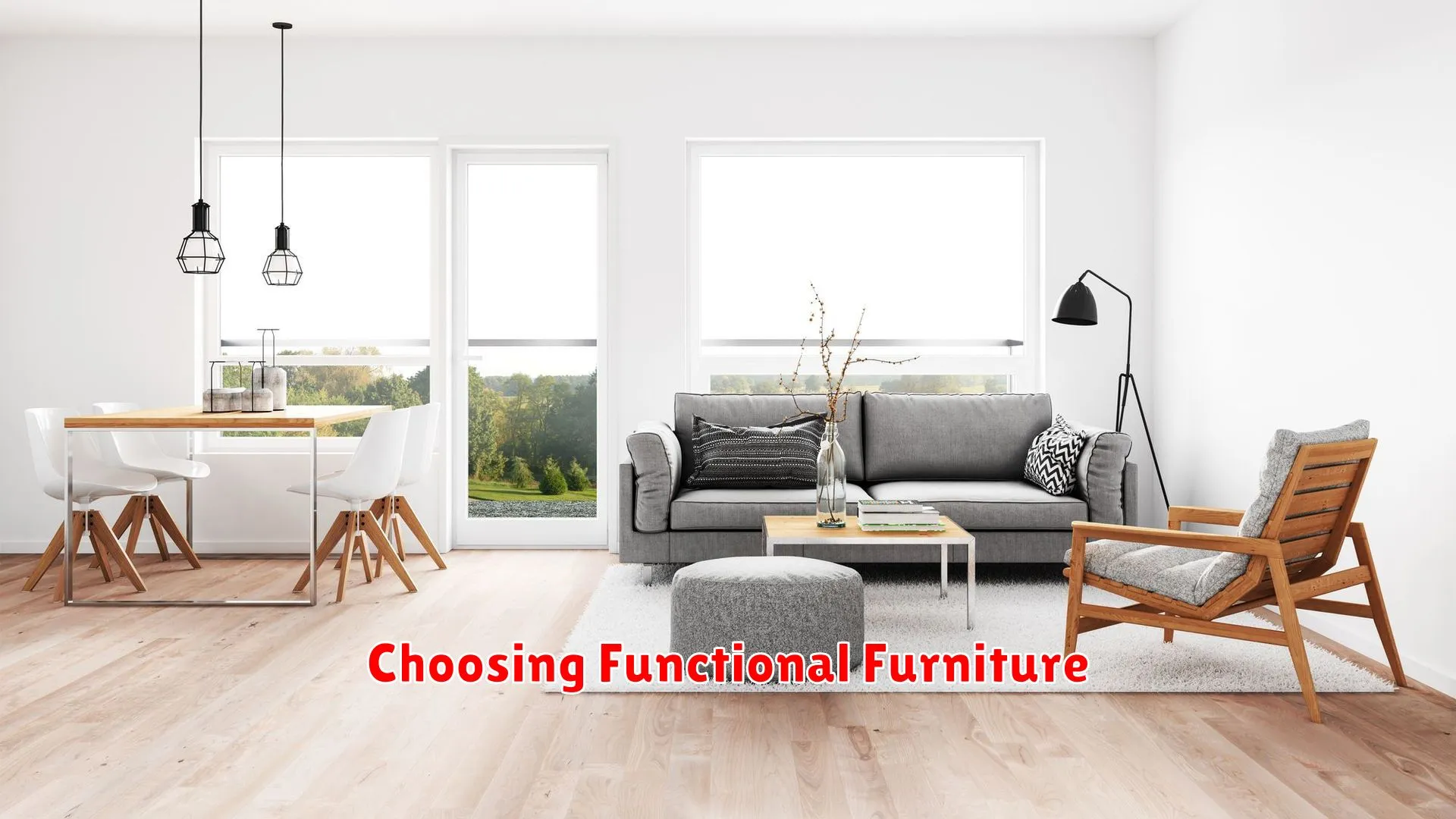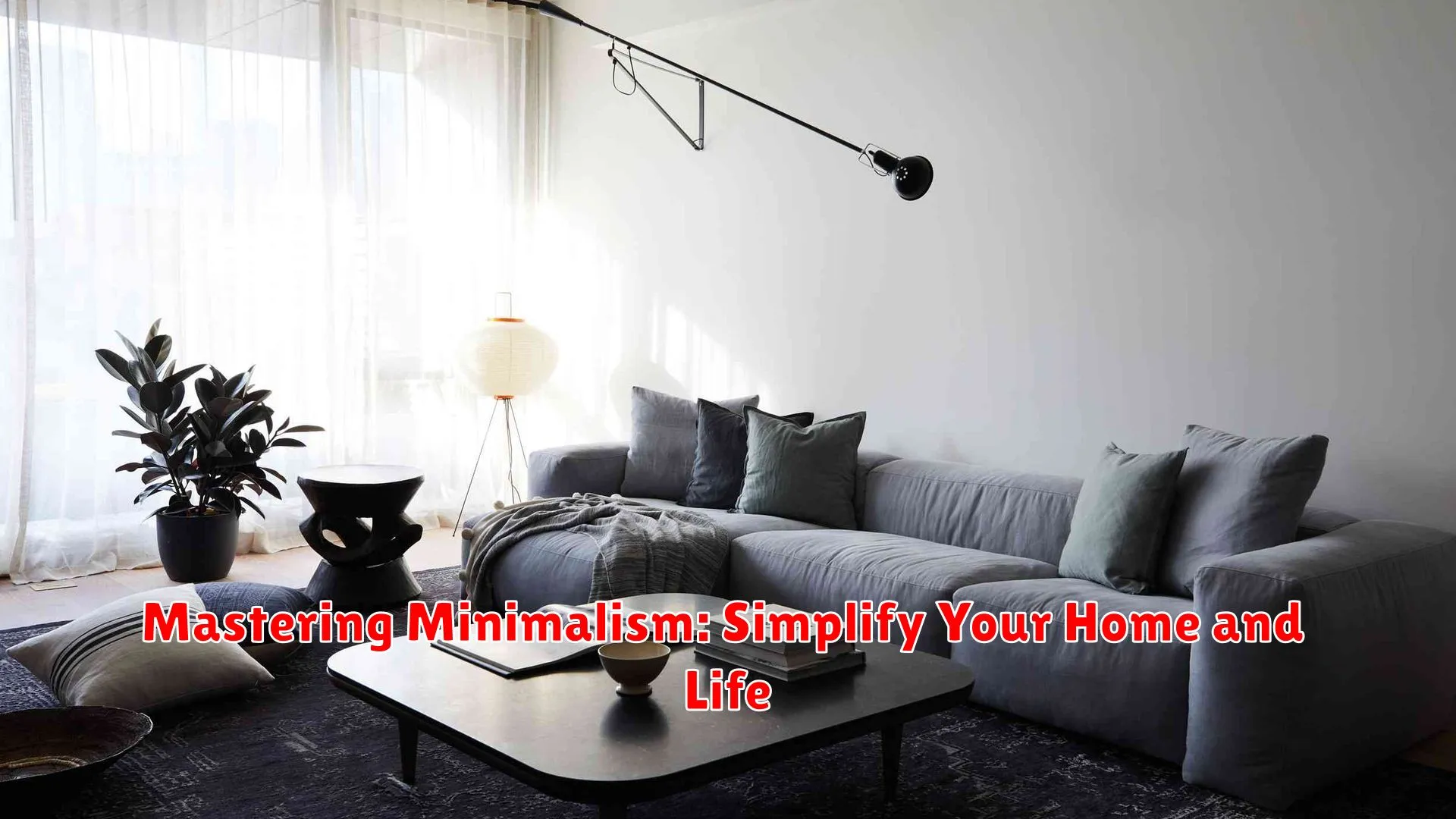Learn how to embrace minimalism and declutter your living space with our guide to mastering simplicity in your home and life.
The Basics of Minimalist Design

In the pursuit of mastering minimalism to simplify your home and life, understanding the basics of minimalist design is crucial. Minimalist design revolves around the principles of simplicity, functionality, and minimal clutter.
One key aspect of minimalist design is clean lines. Furniture and decor pieces should have simple and straight lines, avoiding ornate details or unnecessary embellishments. This helps create a sense of calm and order in your living space.
Neutral colors play a significant role in minimalist design. Opting for white, beige, gray, or other muted tones can help create a serene and uncluttered ambiance. These colors also enhance the sense of openness and airy feel in a room.
Functionality is key in minimalist design. Each item in your space should serve a purpose, and unnecessary items should be eliminated. Choosing multi-functional furniture pieces can help maximize space while maintaining a clean aesthetic.
Decluttering is a fundamental practice in minimalist design. Regularly assess your belongings and keep only what is essential. Clearing out unnecessary items not only declutters your living space but also fosters mental clarity.
Decluttering Strategies for Every Room

When aiming to master minimalism and simplify your home and life, decluttering is a crucial step. By following effective decluttering strategies for every room, you can create a more organized and serene living space. Here are some tips to help you declutter each area of your home:
Living Room:
- Start with a Plan: Begin by setting a specific goal for decluttering your living room, whether it’s to clear out unnecessary items or create more functional space.
- Remove Unwanted Items: Sort through furniture, decorations, and knick-knacks to decide what to keep, donate, or throw away. Keep only the items that bring you joy or serve a purpose.
- Create Storage Solutions: Invest in storage bins, shelves, or baskets to keep items neatly organized and out of sight.
Bedroom:
- Declutter your Closet: Donate or sell clothes, shoes, and accessories you no longer wear. Keep your wardrobe simple and versatile.
- Simplify Your Nightstand: Only keep essential items like a lamp, clock, and book on your nightstand to create a calming sleep environment.
- Make Your Bed: A neat and tidy bed can instantly make your bedroom look more organized and inviting.
Kitchen:
- Organize Cabinets: Clear out expired food items, utensils, and cookware that you no longer use. Arrange items neatly in cabinets for easy access.
- Minimize Countertop Clutter: Store appliances and tools that aren’t used daily to declutter your kitchen workspace.
- Streamline Storage: Utilize drawer organizers and pantry containers to keep your kitchen items organized and visually appealing.
Applying these decluttering strategies to every room in your home can help you achieve a minimalist lifestyle and enjoy the benefits of a clutter-free environment. Start small and gradually work through each room to create a more peaceful and harmonious living space.
Choosing Functional Furniture

In the quest for mastering minimalism and simplifying your home and life, one key aspect to focus on is choosing functional furniture. When embracing minimalism, it’s crucial to select pieces that serve both a practical purpose and contribute to the overall aesthetic of your space.
Opt for multi-purpose furniture that can serve dual functions, such as a storage ottoman that also acts as a coffee table or a sofa bed for guests. This ensures that each item in your home has a specific role to play, reducing clutter and maximizing space utilization.
Consider the scale and proportion of your furniture to maintain a harmonious balance in your minimalist design. Choose pieces that are appropriately sized for your space to avoid overwhelming the room. Focus on quality over quantity, investing in well-made, durable furniture that will stand the test of time.
Furthermore, selecting versatile pieces that can easily adapt to different arrangements allows you to refresh your space without the need for constant purchases. Look for furniture with clean lines and a neutral color palette to achieve a timeless and cohesive look throughout your home.
Conclusion
In embracing minimalism, you can declutter your home, mind, and life, leading to a more peaceful and purposeful existence.




